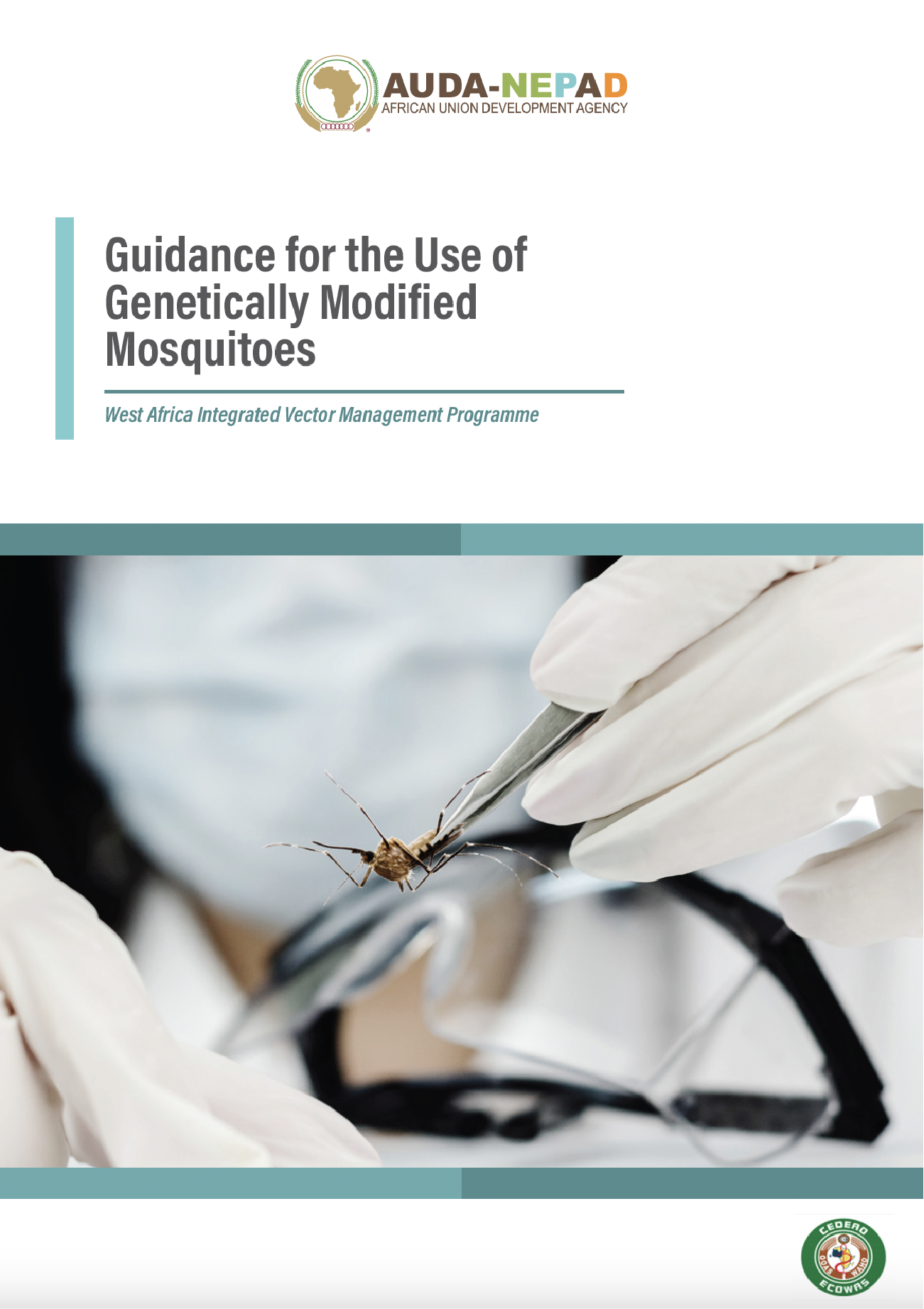Of all the arthropod-borne diseases, malaria has consistently been the most devastating in Africa. The continent, especially the sub-Saharan region, is the most affected by malaria parasites, which are transmitted by female Anopheles mosquitoes. According to a WHO 2020 report, there were an estimated 229 million malaria cases and 409,000 deaths worldwide, more than 90% of these having been in Africa [4]. Starting in 2000, when African Heads of State met in Abuja, Nigeria and agreed on a set of resolutions targeting malaria [5], the global malaria mortality has declined by 60% [4]. In the same period, the annual malaria death toll in Africa declined from 680,000 to 384,000 [4], even though the overall population increased from ~800 million to 1.3 billion people. Most of the gains made against malaria have been attributed to vector control interventions, notably insecticide-treated nets (ITNs) and indoor residual spraying (IRS) [6], though there have also been significant improvements in management of malaria cases and overall socio-economic development.
Economic losses due to malaria in Africa are immense and were once estimated to reach 1.3% of the annual per capita income [7]. Beyond the indirect household costs such as lost work hours and missed school days, more than US$ 3 billion was spent directly on the disease in just 2019 alone [4]. Yet, despite the progress made so far, malaria persists in sub-Saharan Africa, even in places where the coverage of the core interventions is considerably high. The failure of current approaches to eradicate transmission may include inadequate financing, insecticide resistance, sub-optimal levels of user-compliance, high costs for replacements and retreatments of commodities such as ITNs, general weaknesses in the health systems and other factors.
With the advent of the COVID-19 pandemic, there is a significant risk of reversing existing gains. The need for augmented and more sustainable approaches for malaria control has therefore been emphasised so that endemic countries can minimise any disruptions as a result of the pandemic.
The emergence of gene drive technologies holds prospects for future deployment to significantly improve control and possibly accelerate efforts towards eradication. Current approaches can be used to either suppress malaria vector populations or to alter them such that they no longer transmit malaria. Due to the biased inheritance of traits, gene-drive modified mosquitoes spread faster than the limits imposed by Mendelian inheritance. There are, however, still many unknowns regarding the safety and field-efficacy of these technologies. Thus, further evaluation is necessary for both laboratory and real-field settings. By way of flight, modified mosquitoes could also have negative or positive transboundary impacts depending on the expression of the traits they carry. There will therefore be regional regulatory implications in their deployment.
The West Africa Integrated Vector Management (WA-IVM) Programme was inaugurated on the 15th of August 2018 by AUDA-NEPAD and WAHO. Among its objectives, the programme will address the regulatory challenges of the new technology so that the countries can take full advantage of its merits in the control of malaria transmission by Anopheles gambiae complex mosquitoes. A Technical Working Group (TWG) has been constituted under a Steering Committee from among the Chief Executive Officers of the National Biosafety Authorities of countries in the sub-region. To facilitate the development of guidelines for the control of various arthropod vectors, the Technical Working Group has developed this generic regulatory guidance for genetically modified arthropod vectors to provide basic understanding regarding the management of the Control of Arthropod vectors.
The guidance covers policy and regulatory considerations, evaluation of efficacy, biosafety consideration, bioremediation, field site characteristics, ethics considerations, public engagement, regional approaches and capacity strengthening, in order to enhance existing regulatory frameworks and international agreements that are relevant for eventual implementation by Regional Economic Communities (RECs).
In addition to this document, the regulator is expected to use the following guidelines, also prepared by the WA-IVM programme for more specific details:
- Guidelines for containment facilities for testing of genetically modified mosquitoes;
- Guidelines for importation, exportation, transfer, handling, labelling and storage of genetically modified mosquitoes;
- Guidelines for institutional biosafety committees (IBCs);
- Guidelines for compliance monitoring and inspection of activities involving genetically modified mosquitoes;
- Risk analysis for the testing and deployment of genetically modified mosquitoes;
- Ethics guidelines for the use of genetically modified mosquitoes.

